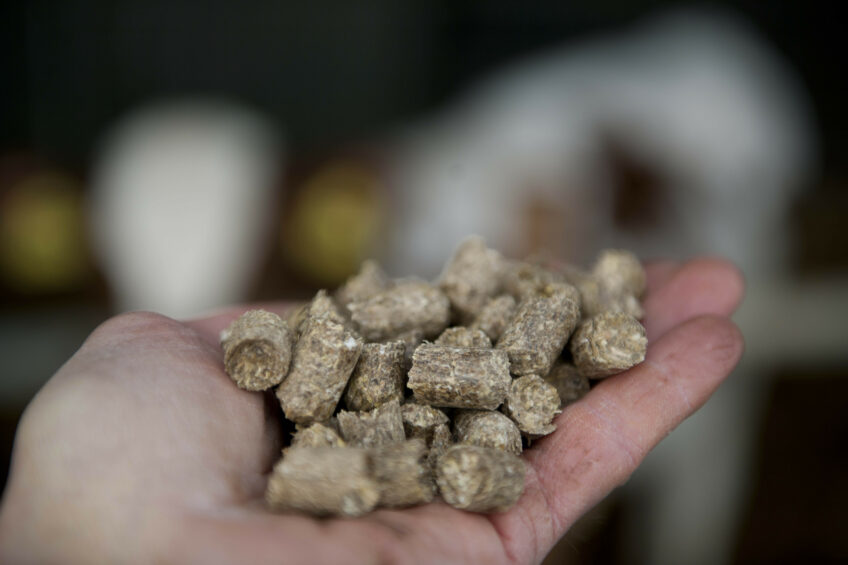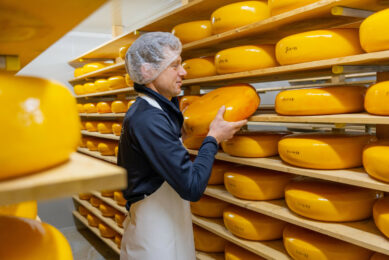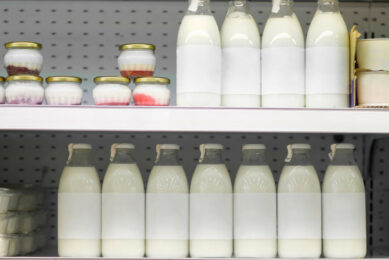Slight rise in EU cattle feed production

The industrial compound feed production for farmed animals in the EU-28 (Greece, Malta and Luxembourg excluded) reached an estimated level of 156.7 million tons in 2017. This is 0.2% more than in 2016, according to data provided by FEFAC members.
With regard to cattle feed, the abolishment of dairy quotas in 2015 resulted in very contrasted evolutions of milk production and demand for dairy feed across EU Member States in 2016. 2017 has seen consolidations of the national orientations, with positive evolutions around 5 to 8% in countries such as Poland, Belgium and UK.
The drought on the Iberic peninsula affected the forages supply and, therefore, resulted in a higher demand for compound feed. Overall, the recovery of milk prices encouraged dairy farmers to resume purchases of high performing feed to maximise milk production, resulting in an aggregate increase in EU cattle feed production of 1.0% in 2017.
Poland is best performing
For the fourth year in a row, Poland was the best performing country, with annual growth of total compound feed production of +7.5%, boosted by the demand for poultry feed but also dairy feed. Among the largest compound feed producing countries, Germany, the Netherlands and Italy maintained their production of compound feed, whereas France and Spain recorded a drop of resp. -1 and -3% and UK increased its production by almost 2%. Germany strengthened its position as leading EU country in terms of total compound feed production, ahead of Spain and France.
What to expect in 2018?
FEFAC market experts are relatively optimistic concerning industrial compound feed production in 2018. The dairy sector still needs to recover from the severe milk price crisis and get rid of the vast stocks of skimmed milk powder, leading FEFAC experts to anticipate a stabilisation of the demand for cattle feed. Together with the forecasts for other animal sectors, Fefac expects a moderate 0.5% increase in total compound feed production in 2018 vs. 2017. The final estimate and detailed breakdown of the 2017 figures will be issued in June 2018 in the margins of the FEFAC Annual General Meeting.
Source: Fefac
Join 13,000+ subscribers
Subscribe to our newsletter to stay updated about all the need-to-know content in the dairy sector, two times a week.











